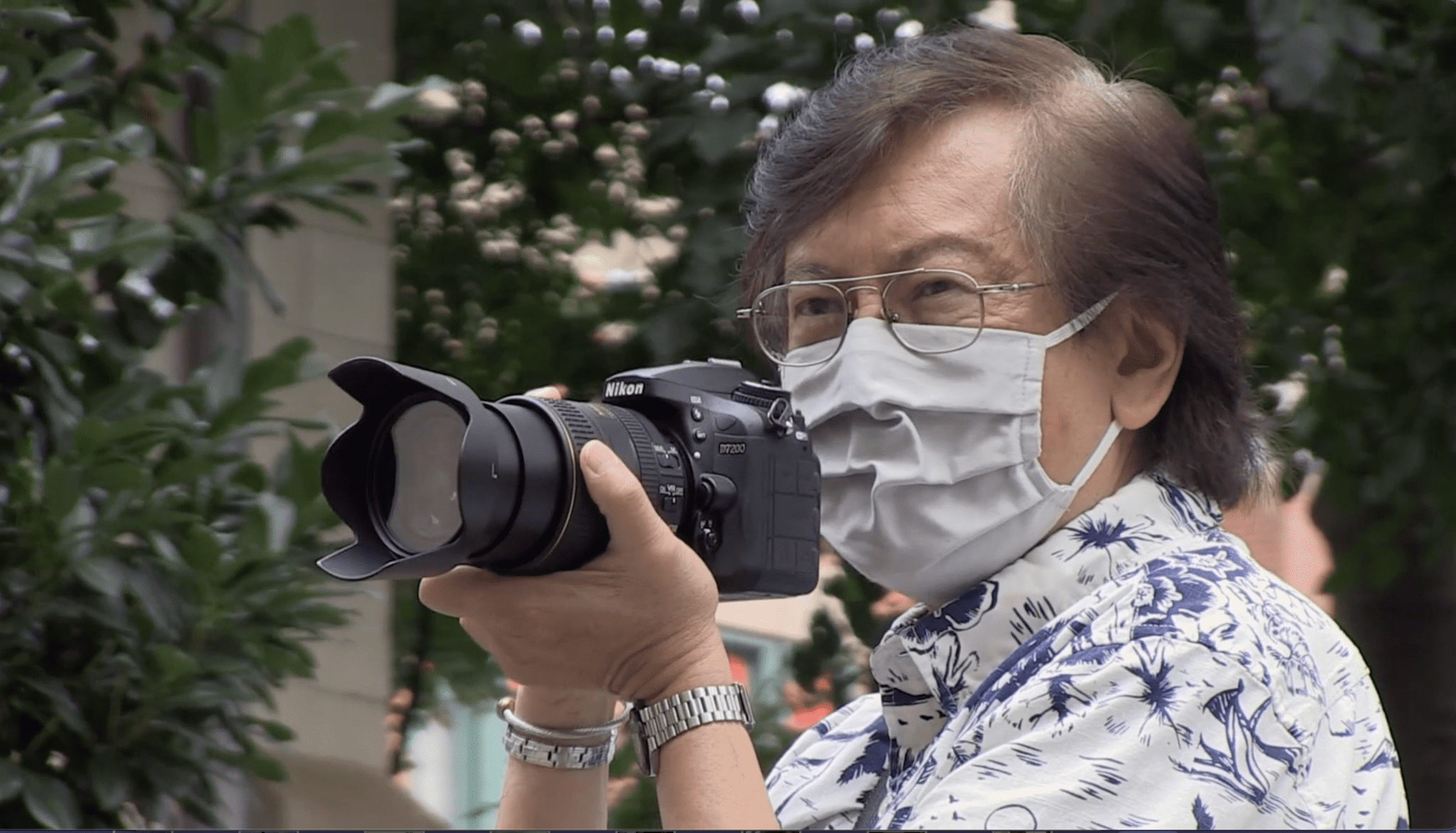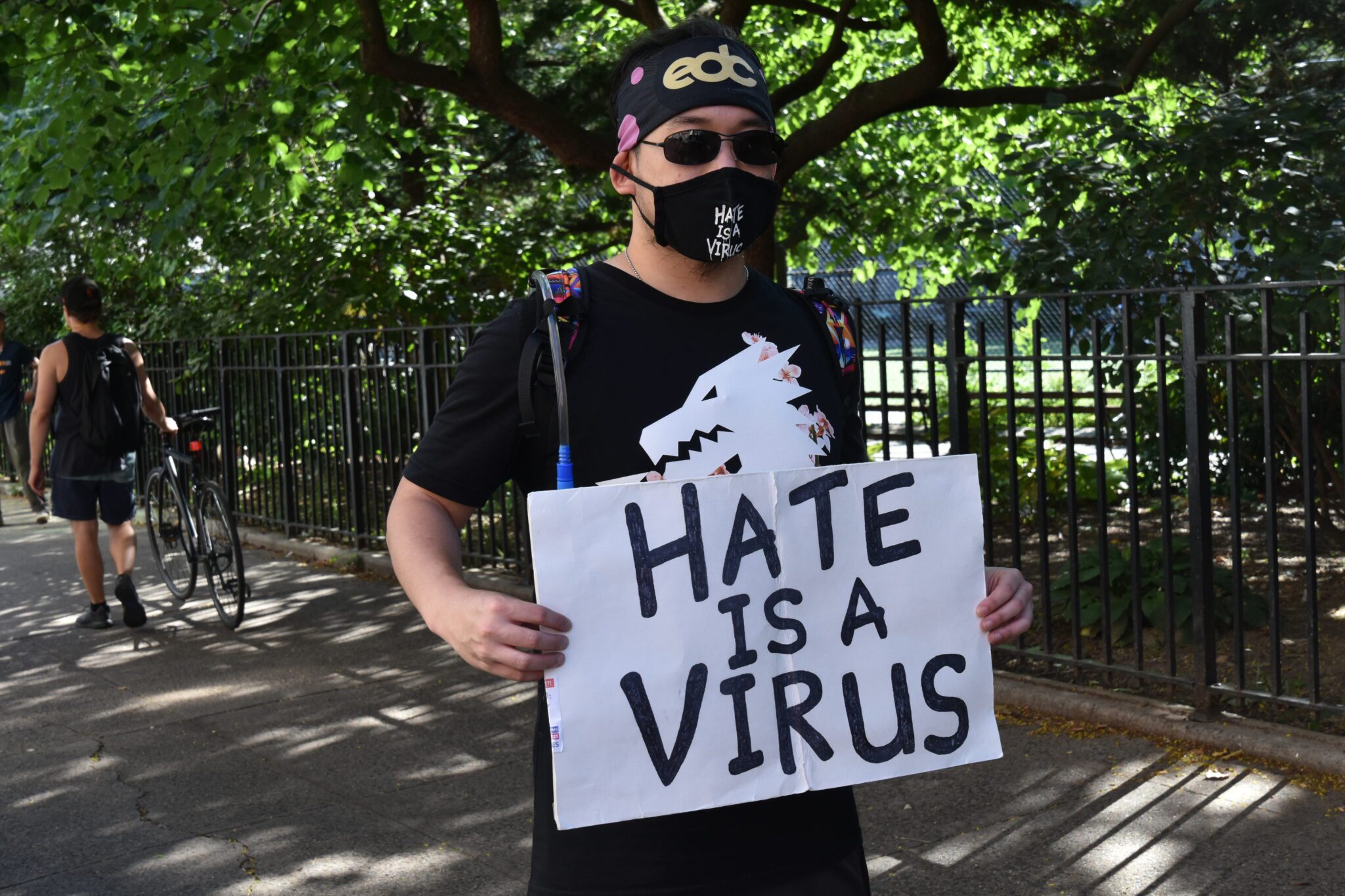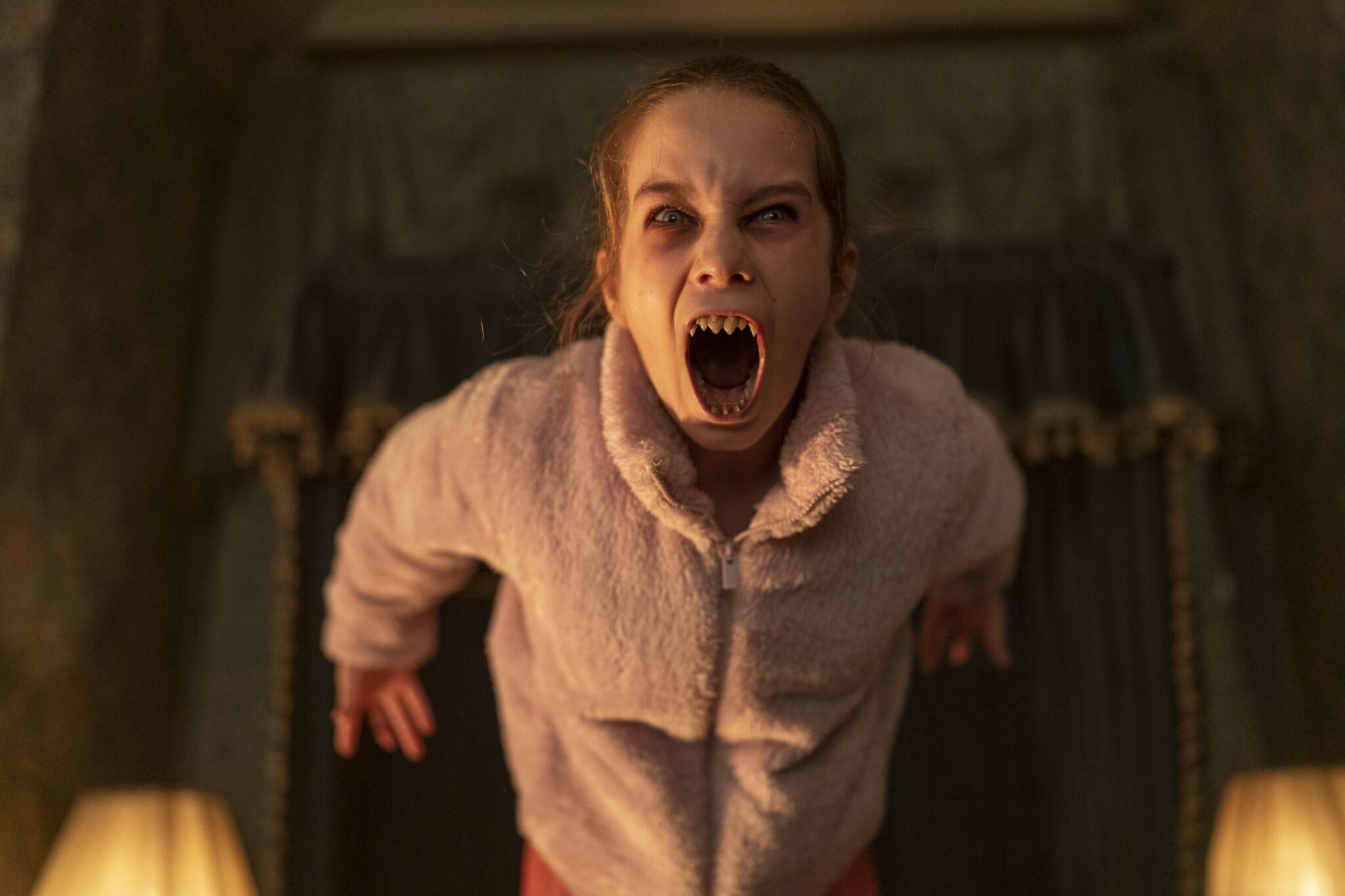Can a photo reframe history?
Directed by Jennifer Takaki, Photographic Justice: the Corky Lee Story chronicles the 50-year journey of the Chinese American photographer. Driven by a passion to include a visual record of the role of Asian American Pacific Islanders in the history books, Lee created nearly a million photos, each highlighting the power of his community. Here, Takaki highlights the urgency of Lee’s work, especially with the recent rise of anti-Asian attacks
In Photographic Justice, Takaki clearly displays her affection for the quirky photographer. As the camera follows him, the film seems to carry itself with a certain sense of wonder. While we delve into Lee’s personal history, this is hardly meant to be an expose. Instead, Justice highlights the value of a man who feels like he could be your best friend. He’s affable, curious and gentle in his responses. But most importantly, he’s passionate.

In this way, the sheer joy of Photographic Justice lies in the eyes of Lee himself. Lee isn’t a man of arrogance or showmanship. Instead, he’s simply a man who wants to show the truth to others. (“I don’t think it’s important that people remember who I am. I hope they remember my images,” he suggests.) Despite the financial burden that he that his path places upon him, the passion in his eyes for telling stories is palpable.
Every snap of the camera matters to him.
To Lee, these photos are a chance to empower the stories of Asian communities. With every image, one gets the sense that Lee really believes that he’s changing the world. Chronicling moments in history, Lee maximizes the opportunity to ensure that Asian voices are heard and uplifted. From sharing photos of Asian frontline workers after 9-11 or taking pictures of Asians at the railroad, his work helps to reframe the history books. He understands that photos tell a story and this is his chance to change the narrative surrounding Asians and their experience.

But, more than this, he also believes that ‘hate is a virus’ and that his work can help remind others of the power of his people. Through Lee’s lens, the Asian community can be seen for their strength, courage and the countless ways that they have been mistreated throughout the years. (For example, the film highlights the rise of Asian hate during the Pandemic.) He feels a responsibility to do what he can to help those outside their community recognize their blinders and break down the walls of Asian hate. To Lee, this is his responsibility, above all else.
“If I don’t, who will?” he asks.
In the end, it’s this focus that kept him going. Even though the awards recognition finally began to highlight his work, that was never the goal. For Lee, they only pointed attention back to his images. In doing so, his hope was always that his passion for images of the Asian community would help bring some change, especially in moments when his people were oppressed.
Because someone had to do it.
Photographic Justice: The Corky Lee Story is available in theatres in New York on Friday, April 19th, 2024 and Los Angeles on the 26th with regional expanses to follow.





